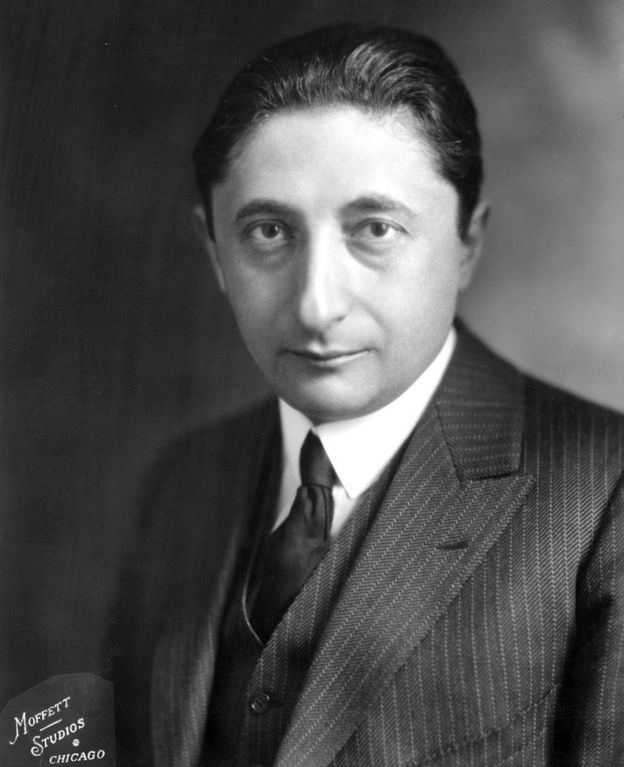People suffering from stress can tackle it in various ways - from counselling sessions to yoga classes or listening to mindfulness CDs.
But it's only recently that sleeping and doing very little - the ways human beings have always rested - have come to be seen as an insufficient response to life's difficulties.
Paul Lehrer lay on a couch looking at the ceiling of a room on the third floor of the Commodore Hotel in New York and tried to relax.
But it wasn't, he recalls, "the most ideally relaxing situation". There was no music playing softly on the stereo, no aromatherapy or tea lights. Instead, because of the heat, the windows were thrown open and the air was filled with the fumes of buses and trucks. Lehrer's ears hummed with the clanging of the construction site across the street, where they were putting up a new skyscraper, and underneath that cacophony he could hear the bustle of Grand Central Station next door.
Worst of all, every few minutes an old man would come into the room and sharply upbraid him for not relaxing the right way. It was 1973 and Lehrer, a psychotherapist, had come to be treated and to train under an 85-year-old doctor called Edmund Jacobson.
Forty-four years earlier, in 1929, Jacobson had published a forbiddingly technical book called Progressive Relaxation, which detailed a procedure for removing muscular tension. But since the exercises in the book were designed to relieve pressure that was as much psychological as physical, Jacobson's work led to a surge in the use of the word "relax", in the sense of "to become less tense, anxious or stressed, to calm down".
Jacobson's book asks patients to tighten their muscles and then release them slowly, paying close attention to the sensations of tiny amounts of residual tension. The idea is that after much practice, they become able to detect any tension and then work on eliminating it.



No comments:
Post a Comment